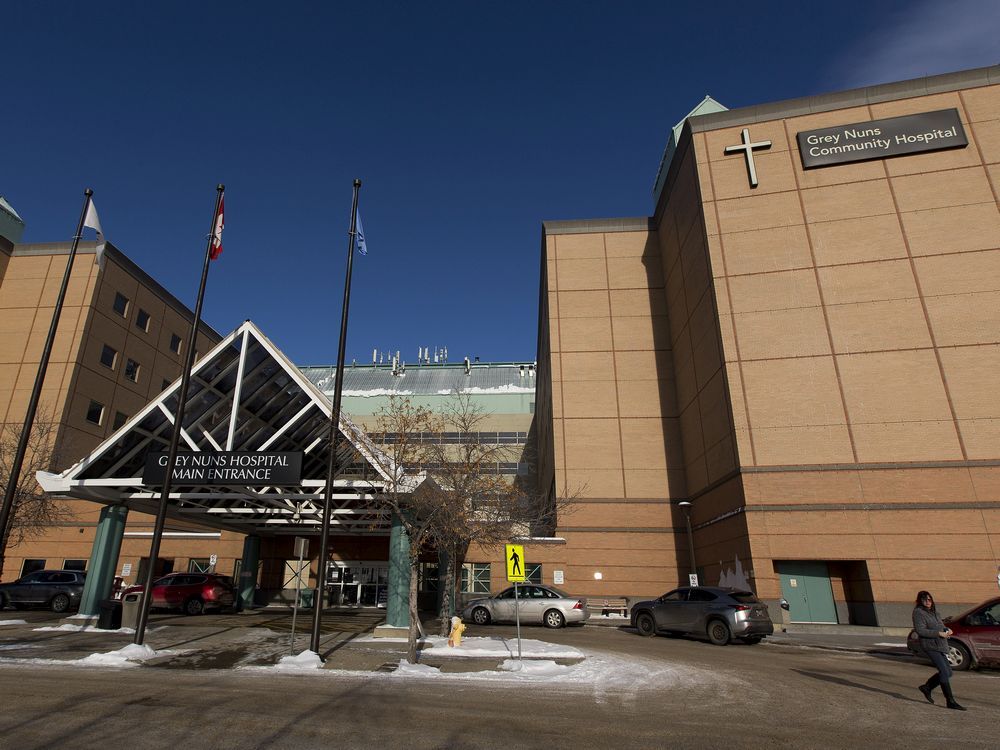My quick skim of their financials (the CRA charitables form) doesn't reveal that. Maybe I skimmed too quick but I couldn't find the "39" going to admin. Going to the "5010" line (Total expenditures on management and administration) - amount is blank.
What did catch my attention was the numbers of part-time vs full-time employees (and compensation totals). My immediate supposition was that accounted for the high use of part-timers in continuing care facilities (one of the negatives noted during Covid time), but on looking at Covenant's "
report to the community", the light bulb went on and I realized that "Covenant Health" is a distinct and separate 'charitable' entity from "
Covenant Care" and "
Covenant Living".
As to the efficiency of Covenant's administration costs, it is briefly touched on in this Edmonton Journal article that presents the viewpoint of the Alberta Medical Association president.
Alberta Medical Association president Dr. Paul Parks calls the plan to have multiple providers "ill-advised" and will bring "added chaos."

edmontonjournal.com
and brings up one of the concerns of a 'faith based' entity providing some health services.
and swings round to the fact that whomever operates the facilities, it will still be a single funder.

 covenanthealth.ca
covenanthealth.ca








